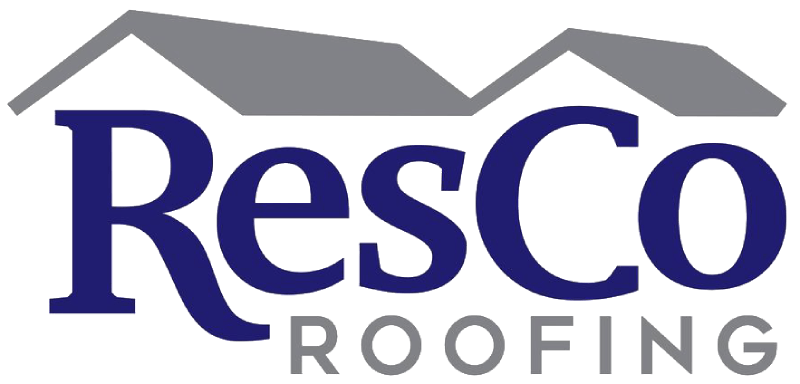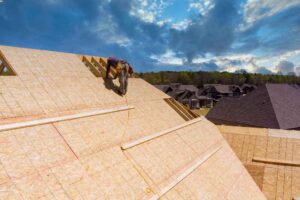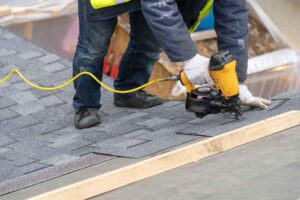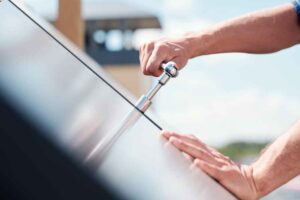Everything You Need to Know About Flat Roof (Types, Benefits, Costs, and More!)
Are you looking to find out more about flat roofs for your home or commercial property? Flat roofs offer numerous benefits from their cost savings to their ease of maintenance. In this blog post, we’ll discuss what a flat roof is, its types and materials, the advantages and disadvantages compared to other types of roofs, and the overall costs associated with installation and ongoing upkeep. We’ll also provide helpful tips on things such as working with professionals when installing a flat roof, best practices in inspecting for damages or leaks, methods of ventilation if needed, where to source materials economically (if going down that route), potential problems or repairs that may come up over time – so by the end of this article you should have an idea about whether it’s right for your residential abode or business premises.
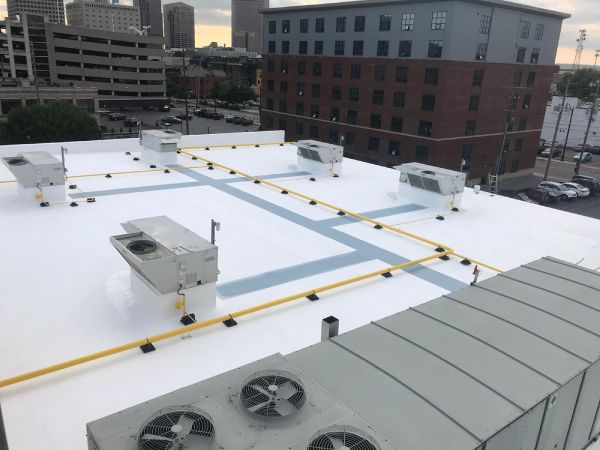
Intro to Flat Roofs – What Are They and How Do They Work
Flat roofs are a popular choice for modern buildings, but what exactly are they and how do they work? Unlike traditional pitched roofs, flat roofs have a very slight slope that allows water to drain off. They are typically made from a range of materials, including tar and gravel, asphalt, and rubber. Flat roofs are known for their durability and flexibility, making them ideal for commercial and residential properties alike. However, their design requires proper construction and maintenance to ensure optimal performance. With the right installation and upkeep, a flat roof can provide years of reliable protection for your home or business. So, understanding the basics of flat roofs is essential for any building owner or developer.
Types of Flat Roofs – Traditional Built-Up, Modified Bitumen, Single-Ply TPO & PVC, Spray Foam
When it comes to flat roofs, there are several types to choose from. The traditional built-up roof, also known as a tar and gravel roof, has been used for over 100 years and utilizes layers of bitumen and felt to create a protective barrier. Modified bitumen is a newer version of the built-up roof, but with added benefits such as enhanced durability and flexibility. Single-ply membranes, such as TPO and PVC, are popular due to their ease of installation and energy efficiency. Lastly, spray foam roofs offer excellent insulation properties and can be customized to fit any roof shape or size. Each type of flat roof has its own advantages and considerations, so it is important to consult with a professional roofing contractor to determine the best option for your building.
Factors that Impact the Cost of Installing a Flat Roof – Type of Material, Labor Costs, Size of the Project
When it comes to installing a flat roof, there are several factors that will impact the overall cost. One of the most significant is the type of material used. Different materials have varying price points, such as EPDM rubber, TPO, PVC, and modified bitumen. The cost of labor is also a key factor. The more complex the project, the more time and effort required from the laborers, and therefore the more expensive the installation will be. Lastly, the size of the project will play a role in determining the cost. Large projects will require more materials and more time, resulting in a higher overall cost. It’s essential to consider all of these factors when calculating the cost of installing a flat roof.
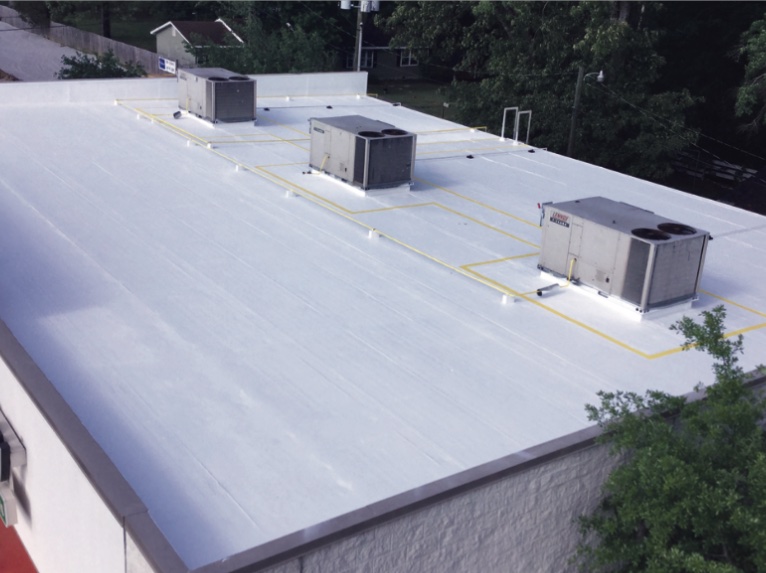
How to Maintain a Flat Roof for Long-Lasting Performance
A flat roof is a popular choice for commercial and residential buildings due to its sleek design and affordability. However, maintaining a flat roof can be challenging without proper care. To ensure long-lasting performance, routine inspections and maintenance are crucial. Regularly removing debris, inspecting for cracks or leaks, and addressing any issues promptly can prevent costly repairs down the line. Additionally, keeping the roof properly sealed and coated can increase its durability against harsh weather conditions. By following these maintenance practices, you can ensure that your flat roof remains a reliable and sturdy asset for your property.
In the end, flat roofs provide many advantages – economical pricing, minimal maintenance needs, and reliable durability. However, it’s important to understand the potential disadvantages which could arise from improper installation or with time. In order to ensure that your flat roof is properly installed and maintained for long-lasting performance, research each type of roofing material for the best option that meets your needs and fits within your budget. Pay attention to labor costs associated with installation and be mindful of the size of the project as this may also affect overall cost. Once a decision is made on roofing materials and the cost is established, maintenance should become a regular facet of keeping your flat roof working for years down the line.
